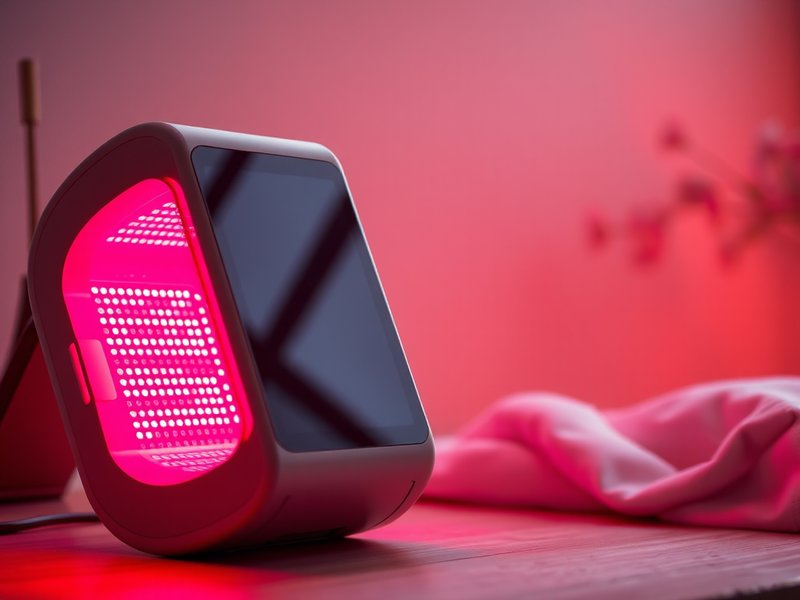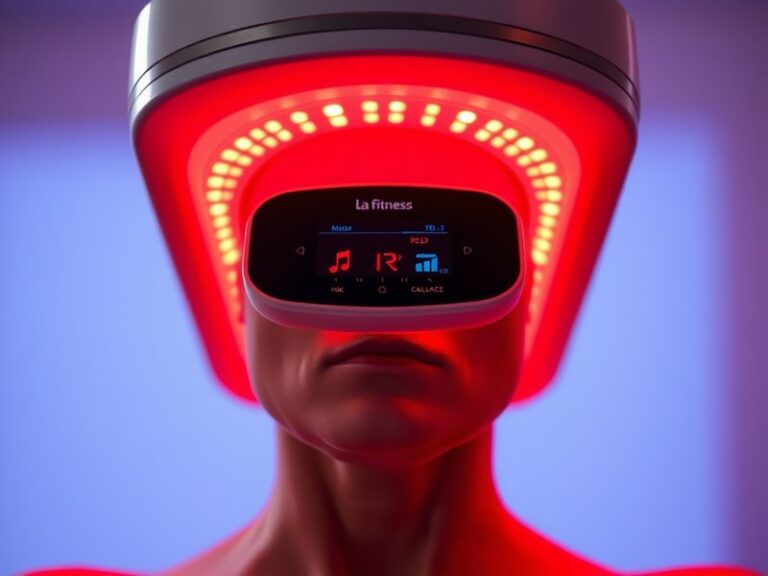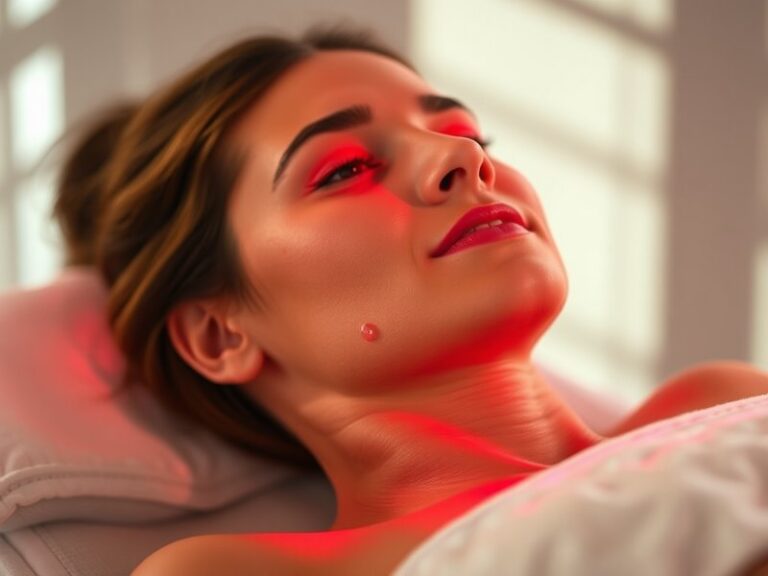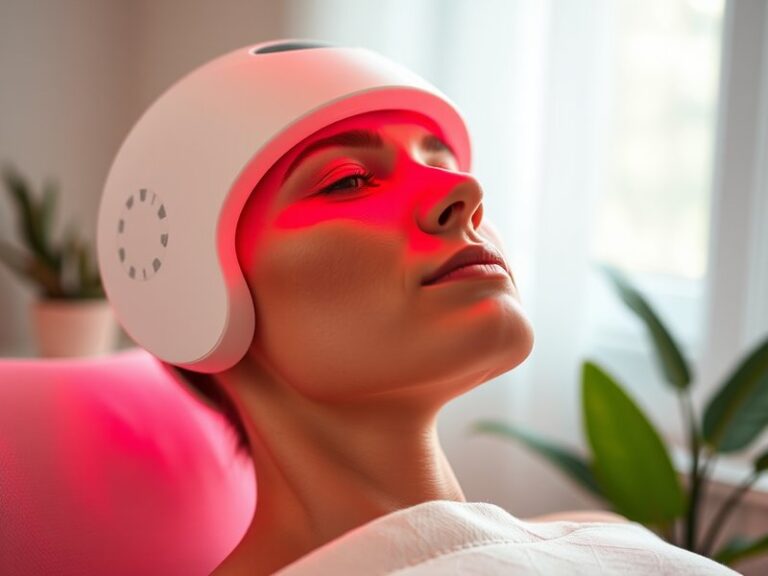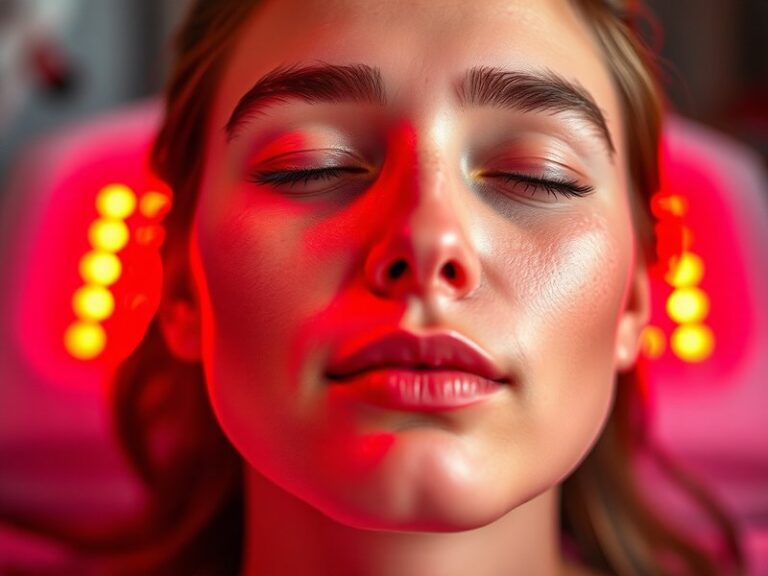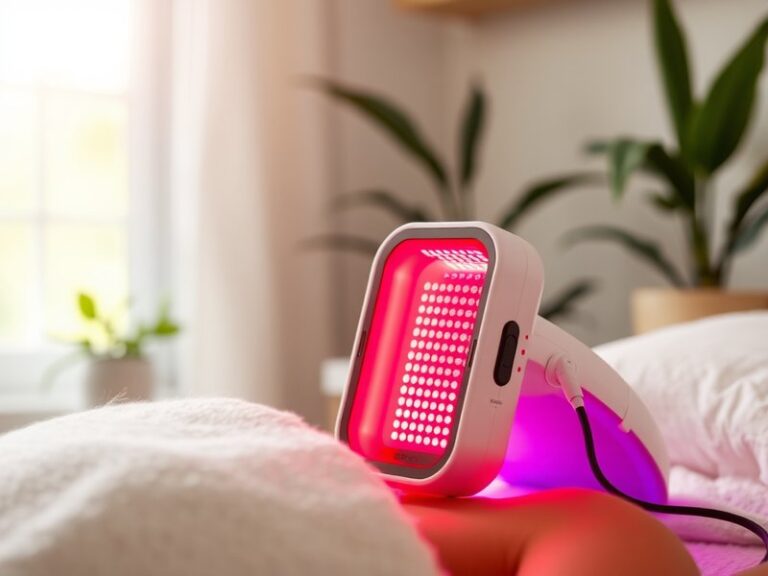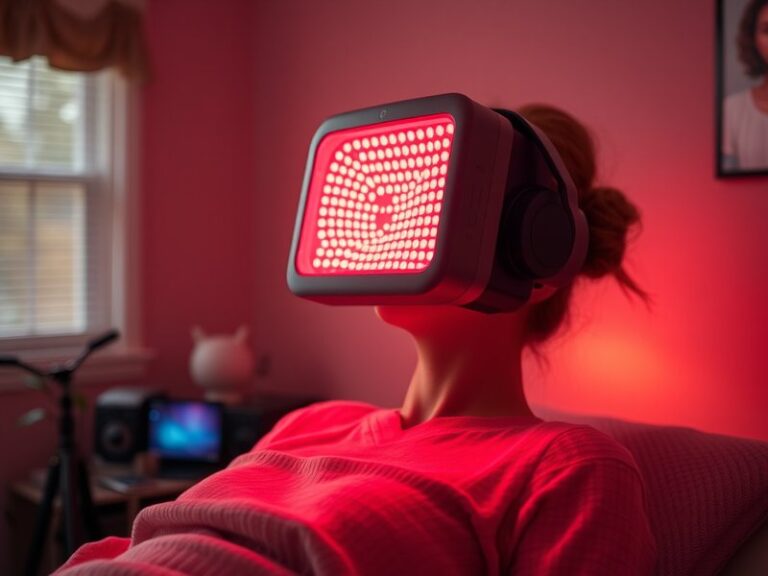How Long Is Red Light Therapy?
How Long Is Red Light Therapy?
How long should you engage in red light therapy for optimal results?
This article will delve into the duration of red light therapy, exploring factors that affect session length, the recommended duration for various conditions, and other essential considerations for those looking to benefit from this therapeutic practice.
Key Takeaways
- Red light therapy sessions typically range from 10 to 30 minutes, depending on the purpose and equipment used.
- Consistency is key; regular treatments can enhance the effectiveness of red light therapy.
- Individual needs and medical conditions may influence the exact duration and frequency of treatments.
What is Red Light Therapy?
Red light therapy (RLT) is a non-invasive treatment that uses specific wavelengths of light, usually between 600 to 1000 nanometers, to penetrate the skin and promote healing. This therapy has gained popularity for its ability to aid in skin rejuvenation, reduce inflammation, and improve overall wellness.
The mechanism behind red light therapy lies in its ability to stimulate cellular processes, particularly through the mitochondria, the powerhouse of the cell. This stimulation can lead to increased ATP (adenosine triphosphate) production, providing more energy for cells to repair and regenerate, which explains its varied therapeutic applications.
Applications of Red Light Therapy
- Skin Health: RLT is commonly used to treat conditions such as acne, wrinkles, and scars.
- Pain Relief: It has been employed to reduce pain and inflammation in conditions like arthritis and muscle injuries.
- Hair Growth: Some studies suggest RLT can stimulate hair growth in individuals with alopecia or thinning hair.
What are the Benefits of Red Light Therapy?
Red light therapy offers a plethora of benefits, promoting both physical and mental well-being. The following sections highlight the most significant advantages of this therapy.
Enhanced Skin Health
One of the most celebrated benefits of red light therapy is its impact on skin health. Clinical studies have shown that RLT can increase collagen production, leading to improved skin elasticity and a reduction in fine lines and wrinkles.
Pain Reduction and Healing Acceleration
Red light therapy has been shown to alleviate pain associated with numerous conditions. The light penetrates soft tissues, reducing inflammation and speeding up recovery from injuries or surgeries.
Improved Mood and Sleep Quality
Emerging research indicates that red light therapy may improve mood and enhance sleep quality. By regulating circadian rhythms and reducing feelings of stress, it presents a natural solution for individuals struggling with sleep disorders.
Additional Benefits to Consider
- Increased circulation and promotion of healing processes.
- Potential effectiveness in food spoilage prevention.
- Application in muscle recovery for athletes.
Is it Possible to Overdo Red Light Therapy?
While red light therapy is generally safe, it is still possible to experience adverse effects from overexposure. Understanding how much is appropriate is critical, especially when aiming for therapeutic benefits.
What are the Advantages of Following Recommended Durations?
Adhering to recommended durations ensures you receive the full benefits of RLT without risking skin irritation or other side effects. Following guidelines can maximize healing and rejuvenation processes, leading to quicker results.
What are the Disadvantages of Overdoing Red Light Therapy?
Excessive exposure can lead to temporary redness or irritation of the skin. Although harmful effects are rare, it’s essential to listen to your body and consult a healthcare provider if issues arise.
What are the Things to Consider Before Beginning Red Light Therapy?
Before starting red light therapy, consider several important factors to ensure you achieve desired outcomes safely.
Consultation with a Healthcare Provider
Always consult with a healthcare professional before beginning any new therapy, especially if you have pre-existing medical conditions or are on medication. A professional can provide personalized recommendations based on your circumstances.
Understanding Your Specific Needs
Determine the specific conditions you aim to treat, as this can influence the duration and frequency of your sessions. Different goals may require varied exposure times for optimal results.
Equipment Quality
Not all red light therapy devices are created equal. Research the quality and specifications of the equipment you plan to use to ensure effective treatment.
Additional Considerations
- Personal tolerance to light exposure.
- The specific wavelength of light for effective treatment.
- The cost of therapy sessions or purchasing equipment for home use.
What are the Alternatives to Red Light Therapy?
If red light therapy doesn’t suit your needs or preferences, there are several alternative treatments to consider.
Infrared Therapy
Similar to red light therapy, infrared therapy uses longer wavelengths of light that penetrate deeper into the skin. This method is often used for pain relief and muscle relaxation.
Cold Laser Therapy
Cold laser therapy employs low-level lasers to treat various ailments, including joint and muscle pain. It’s another non-invasive treatment option with a similar mechanism to RLT.
Discover our review on Can Red Light Therapy Be Harmful?
Micro-Needling
Micro-needling is a procedure that involves using tiny needles to create micro-injuries in the skin, stimulating collagen production. It can be an effective alternative for skin rejuvenation, albeit more invasive than RLT.
Additional Alternatives
- Chemical peels for skin resurfacing.
- LED light therapy, using various light colors based on the specific treatment goals.
- Traditional therapies like acupuncture and massage.
Conclusion: Is it Recommended to Engage in Red Light Therapy?
Red light therapy offers numerous benefits for skin health, pain relief, and overall wellness when practiced correctly. By adhering to recommended durations and keeping individual needs in mind, RLT can be a highly effective therapeutic option. Consult with a healthcare provider to ensure the therapy aligns with your health goals and conditions for the best results.
Frequently Asked Questions
How long should each red light therapy session be?
Typical session lengths range from 10 to 30 minutes, depending on the treatment goals and the specific device used.
Learn everything about Can Any Red Light Be Used for Therapy?
How often should I undergo red light therapy?
Frequency can vary based on individual needs but generally ranges from 3 to 5 times a week for optimal results.
Are there any side effects associated with red light therapy?
Most users experience no side effects, but some may notice temporary redness or irritation. If discomfort persists, consult a healthcare professional.
What type of red light therapy device is best for home use?
Look for devices that specify effective wavelengths of light (between 600 to 1000 nanometers) and offer sufficient power output to ensure therapeutic benefits.
Can red light therapy treat specific conditions?
Yes, red light therapy has demonstrated effectiveness for various conditions, including acne, joint pain, muscle recovery, and skin rejuvenation, providing a versatile treatment option.
